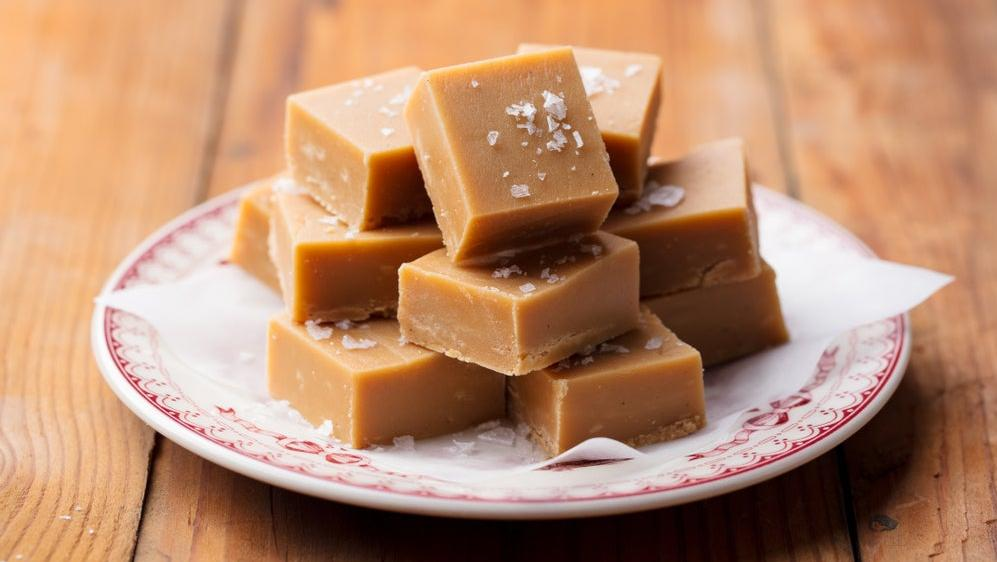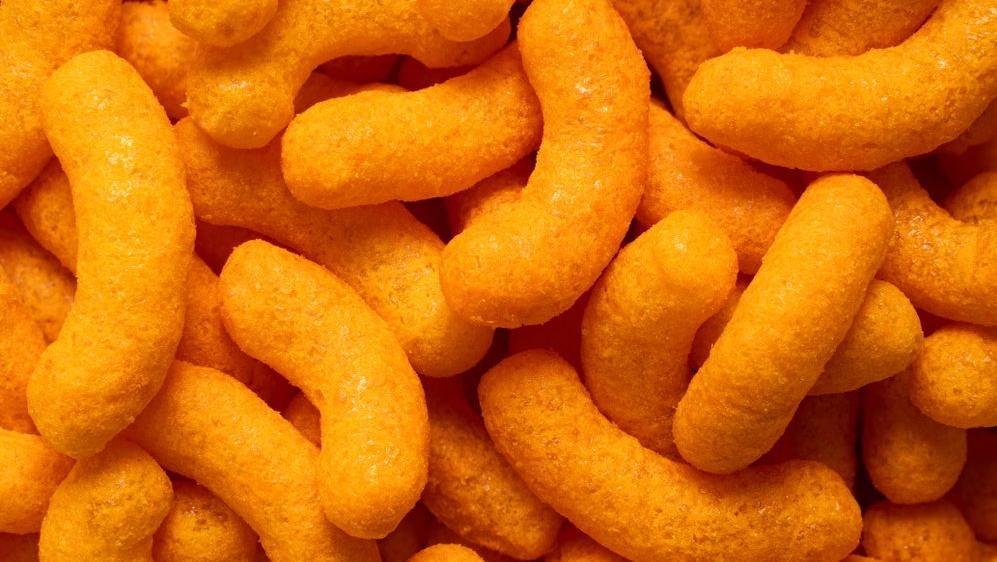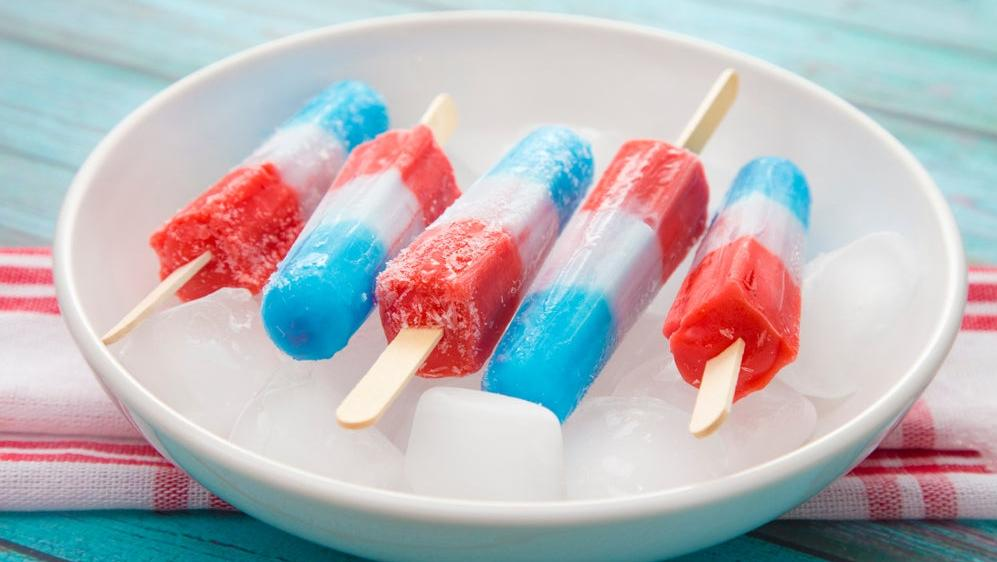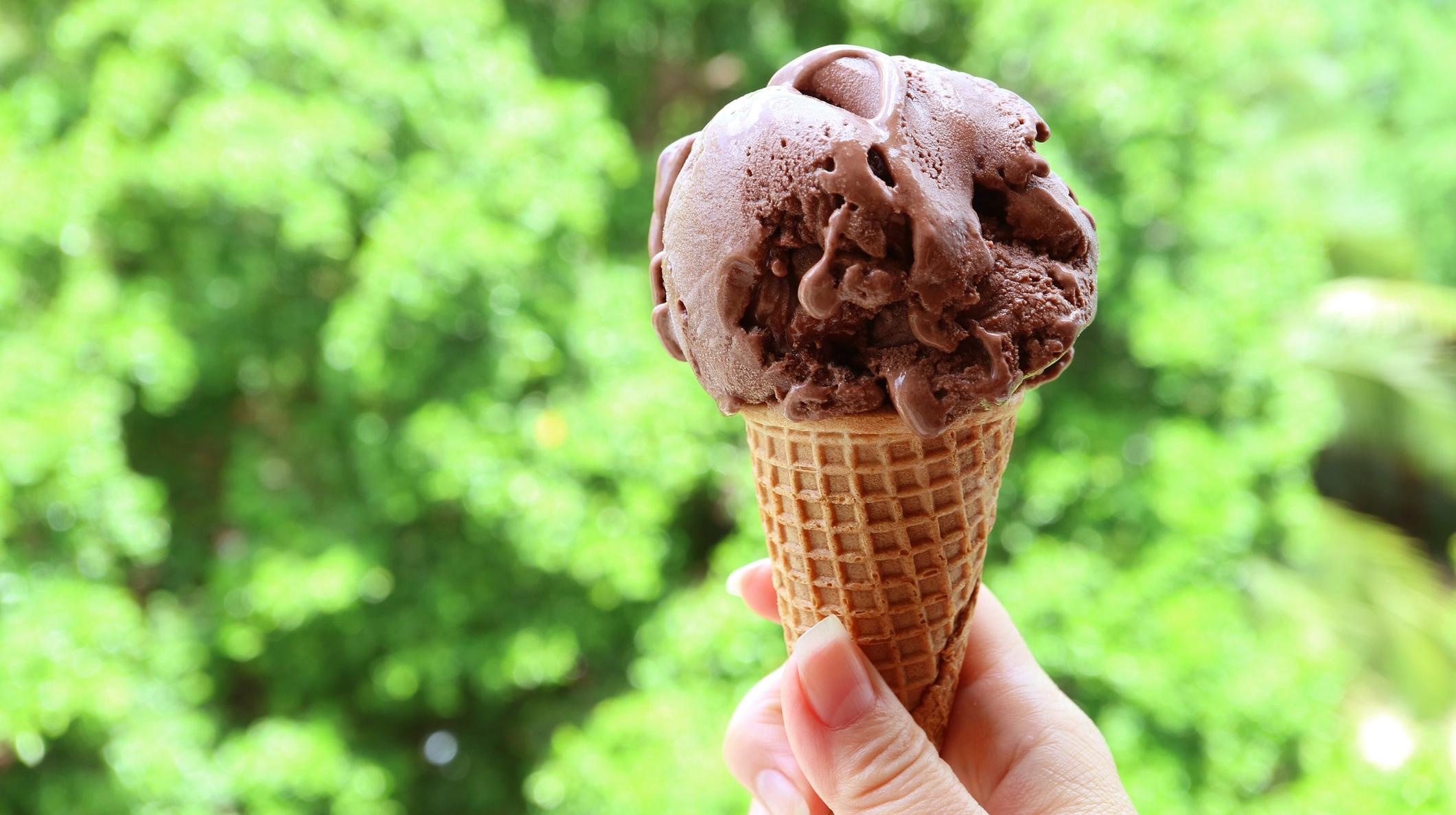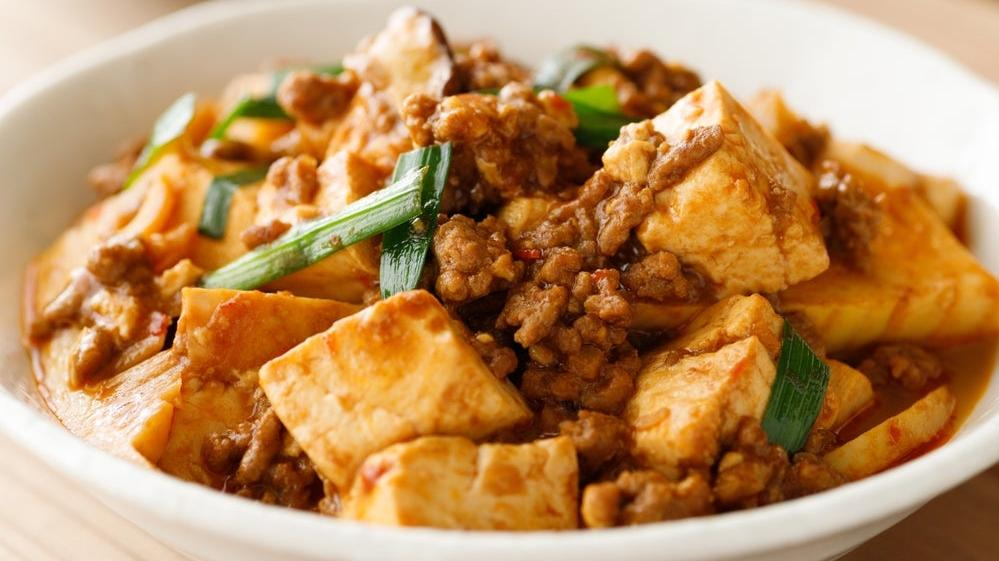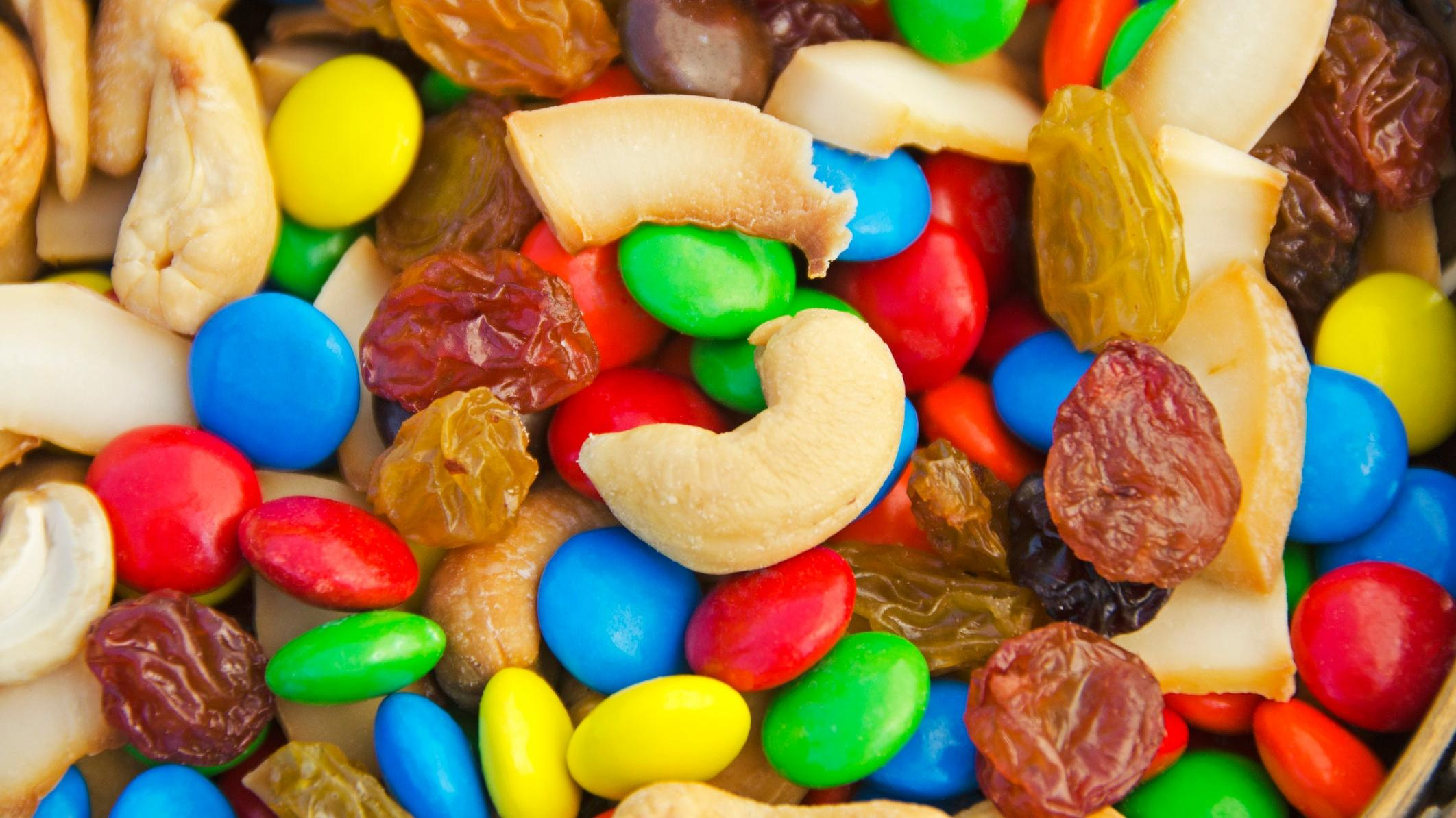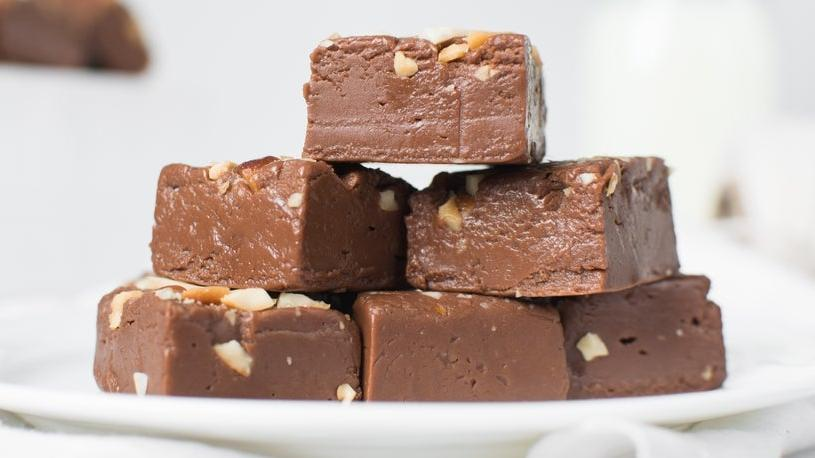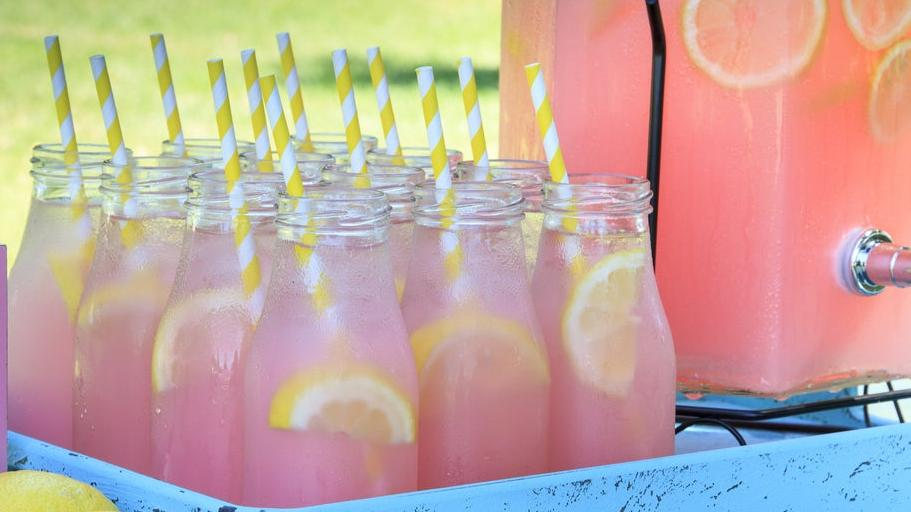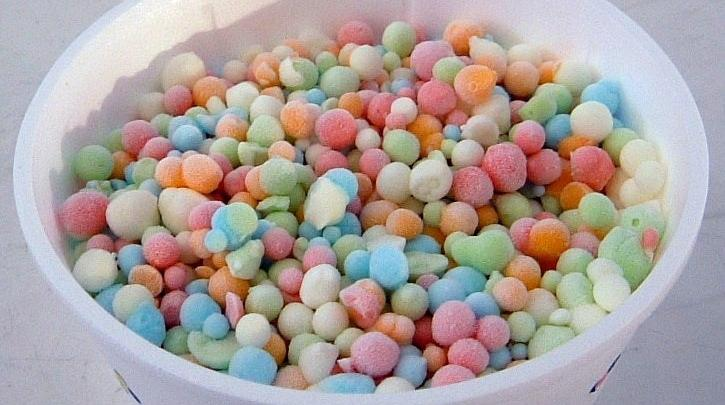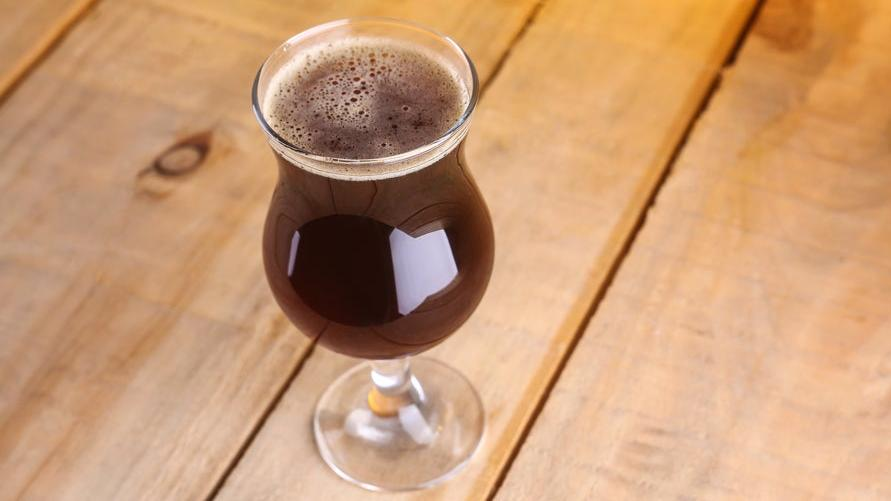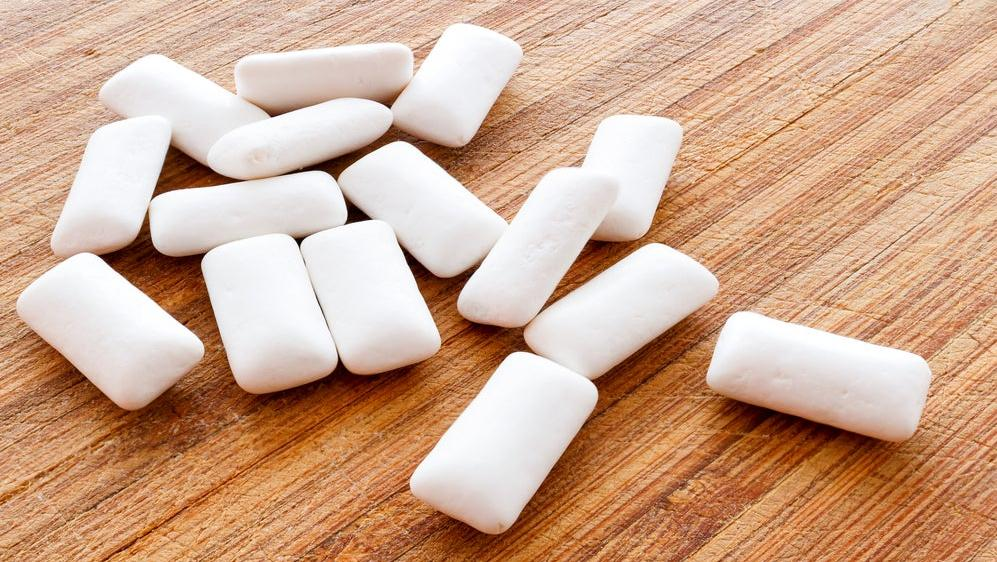The 10 Best Foods Created By Accident
Some of our favorite snacks began with a lucky mistake.
Although we've seen a fair amount of tragedy in the culinary universe, there are moments when flops become the treats we wouldn't be able to live without. And sometimes, what starts as a dilemma is delicious enough to enter the annals of snack history. Here's a list of 10 foods and drinks that, while beloved by modern-day snackers, were created entirely by accident.
Cheese curls
Today Cheetos are everywhere, but before the 1930s, no one had ever seen one. It turns out their invention was an accident courtesy of animal feed manufacturers in Wisconsin. When workers at the factory cleaned out the grinders responsible for producing the right texture for the feed, they ran into issues and had to troubleshoot, using wet corn to pass through the grinders more smoothly. This method made the corn puff up from the heat of the machine. It was an accident that spoke to one worker in particular, Edward Wilson, who brought them home and seasoned them, calling them Korn Kurls. The now evolved cheese puffs that leave our fingers sticky with orange residue started out as nothing more than a solution to fix equipment clogs.
Popsicles
What could be better than a popsicle on a hot summer afternoon? While you struggle to find the answer, know that this sweet treat was an accident waiting to happen. Frank Epperson, an 11-year-old in 1905 California, is credited with inventing the popsicle. He left a powdered soda mixture blended with water in a bowl with a stirring stick outside in the open air, but the night got unusually cold (considering he lived in California) and the mixture froze. He initially called them Epsickles, and his invention rose in popularity as he sold them at Neptune Beach. The name didn't stick, so he went with Popsicle, forever changing the world of frozen novelties.
Ice cream cones
Whether you go with a cup or cone—both are valid ways of eating ice cream—you can't deny the influence cones have had on our dessert landscape. Prior to their invention, ice cream was served in dishes; it wasn't until the 1904 St. Louis World's Fair that the waffle cone came on the scene. Ice cream vendor Italo Marchiony ran out of dishes to serve customers at the fair, so before people in the queue could turn hangry, he turned to the vendor beside him. Ernest A. Hamwi was selling wafer-like waffle treats, and he had the idea to heat them and roll them into cones. Once they cooled and solidified, they were the perfect vessel for the ideal summer dessert.
Tofu
If you're eating plant-based, chances are you've enjoyed your fair share of tofu. But did you know it was created by accident? A Chinese prince named Liu An is said to have invented tofu well over 2,000 years ago. Later on, it was popularized when Buddhist monks introduced tofu to Japanese cuisine. Liu An, the story goes, used soy milk to create an elixir, later realizing that its texture became gelatinous depending on its environment, and the famous substance was born. In the West, tofu gained traction in the 1960s as some consumers opted for the soy-based ingredient instead of meat.
Raisins
Depending on what you think about raisins, you might consider this one culinary accident that didn't work out at all. The term for these gushy, wrinkly, dried-up grapes originates from the Latin word "racemus," which literally translates to "a cluster of grapes." It's presumed that around 2000 BC, grapes left on the vine baked in the sun for too long and turned into what would become known as raisins, often eaten in the Mediterranean region. Along with dried raisins came dried berries like currants, a delicacy eventually exported to England, France, and elsewhere.
Fudge
Though the history of fudge is debated, its creation might have been an accident originating in Baltimore in the late 19th century. The rich dessert is made to taste smooth thanks to the crystal formation in the sugars. If it isn't cooled properly, the fudge will yield a grainy texture; if the crystals fail to form, a substance closer to caramel is created. Indeed, it's believed that a batch of caramels made in a factory in Baltimore recrystallized during production, causing the fudge-like texture. From there, it was reportedly popularized by students of Vassar College and Wellesley College, who sold it in their fundraising efforts.
Pink lemonade
Although classic lemonade is bright yellow in color, its pink counterpart is something of a novelty, mostly because it's just fun. Though some pink lemonade is given its hue by the presence of strawberry, most of the time the color is just for aesthetic purposes. Pink lemonade, you might be unsurprised to learn, is thought to have originated in a circus environment, developing its tint when a circus worker accidentally dropped cinnamon candies into a container of regular lemonade and, not correcting his mistake, sold it anyway.
Dippin’ Dots
Ice cream tasters, stand back—only a microbiologist can handle these sweet little frozen pearls. At least, that's how Dippin' Dots first materialized back in the '80s. Curt Jones, the microbiologist in question, happened to enjoy making homemade ice cream and decided to flash-freeze it one day using liquid nitrogen. This resulted in a fun, novel way to eat a classic treat. Cryogenically frozen, these small dessert balls are now made in a freezing environment of 320 degrees below zero.
Beer
The world's most popular booze wasn't always crafted by bearded hipsters. In ancient Egypt, beer was flavored with olive oil and dates to provide enough nutrients for daily consumption—certainly not something Coors Light is concerned about today. In the Sumarian diet, beer was an alternative to bacteria-infested water. Beer came out of a tradition of fermentation across thousands of years; Chinese and Middle Eastern cultures were some of the earliest to ferment using barley. And while it was eventually refined to an art form, it's likely that fermentation was a process discovered incidentally when fruits and grains were left in covered containers for a given period of time.
Chewing gum
Chewable gum has been saving our breath since ancient times. Though gum wasn't always bright pink and advertised for its ability to produce bubbles, forms of breath-freshening gums were made from tree barks in ancient Europe and the Americas more than 8,000 years ago. Fast forward a bit to the 19th century: chicle, an ingredient made from the sapodilla tree important to Mayan culture, was picked up by European settler John Curtis, whose goal was to use the substance for the production of rubber. After his idea flunked (and maybe because he realized that rubber isn't nearly as fun as gum), Curtis pivoted and developed the first commercial chewing gum, building his factory in Maine in the 1850s.
